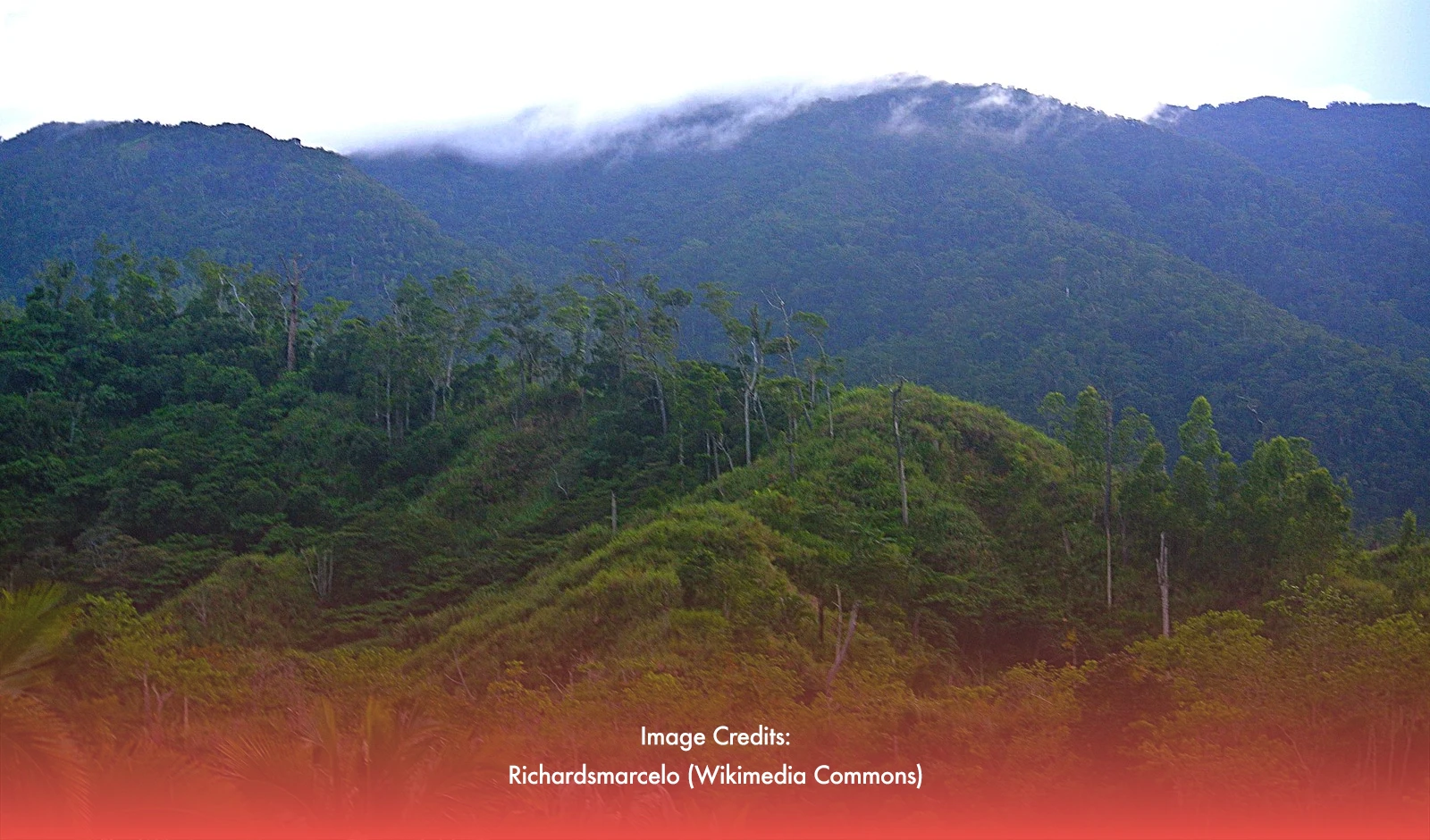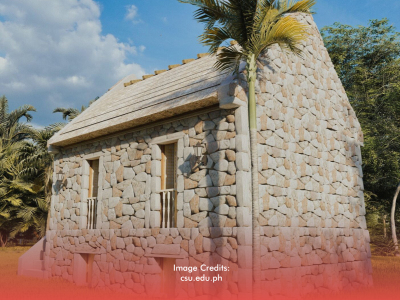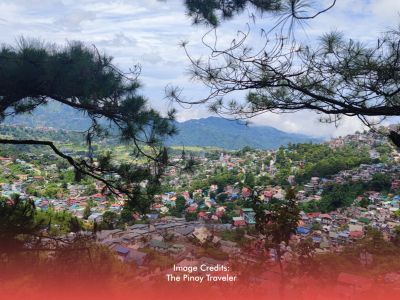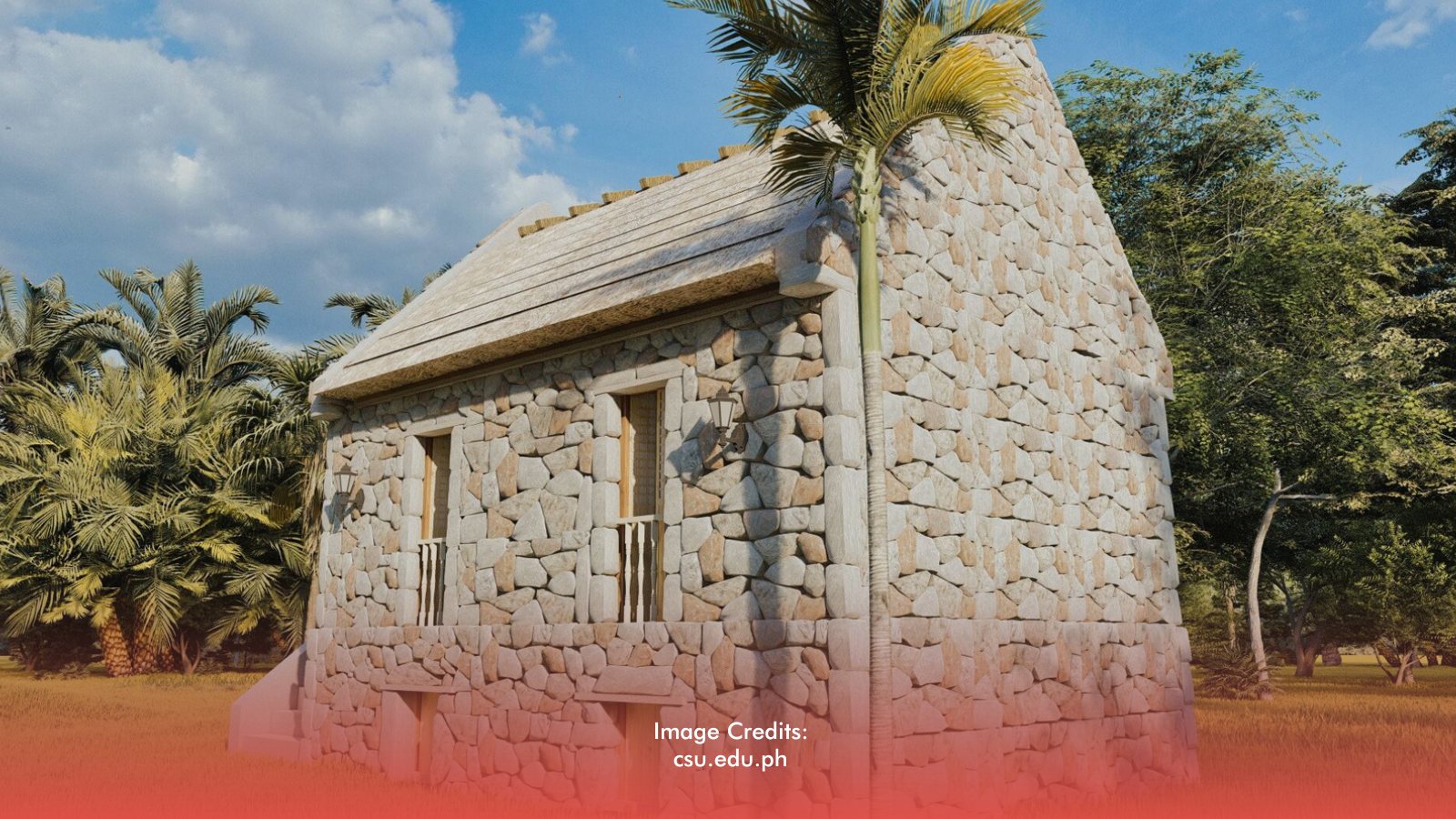In a strong plea to maintain and safeguard the Sierra Madre Mountain Range, the Climate Change Commission (CCC) emphasized the mountain range's importance to local people's survival and ecological preservation, as well as its ability to shield millions of Filipinos from climate change-related disasters.
The CCC emphasized that the 6,283-foot-tall mountain range that spans 540 kilometers across Luzon serves as the nation's "backbone" and is an essential natural barrier against strong tropical cyclones.
Natural defense
The Philippines' first line of defense against storms is the mountain range, which stretches across 10 provinces from Cagayan in the north to Quezon in the south, including Isabela, Nueva Ecija, Quirino, Aurora, Bulacan, Rizal, and Laguna. The range lessens the intensity of storms before they reach densely populated inland areas.
“By maintaining its forests and ecosystems, we not only protect biodiversity but also secure the livelihood of millions of people who rely on the Sierra Madre for protection from climate-induced disasters,” CCC Vice Chairperson and Executive Director Robert E.A. Borje said.
Sierra Madre is vital for more reasons than only mitigating storms. Approximately 40% of the Philippines' forest cover is found there, and the region is home to over 3,500 plant species, of which 58% are unique.
Important carbon sink
By controlling temperature and moderating weather patterns, Sierra Madre also acts as a vital carbon sink, absorbing carbon dioxide from over 1.4 million hectares of extensive wooded areas.
Strong winds from storms coming from the Pacific Ocean are also weakened and slowed down by the mountain range, lessening their destructive power.
To commemorate the contributions of this natural landscape, September 26 has been designated as Save Sierra Madre Day by Presidential Proclamation 413, an annual celebration that raises awareness of the need to preserve the mountain range.








